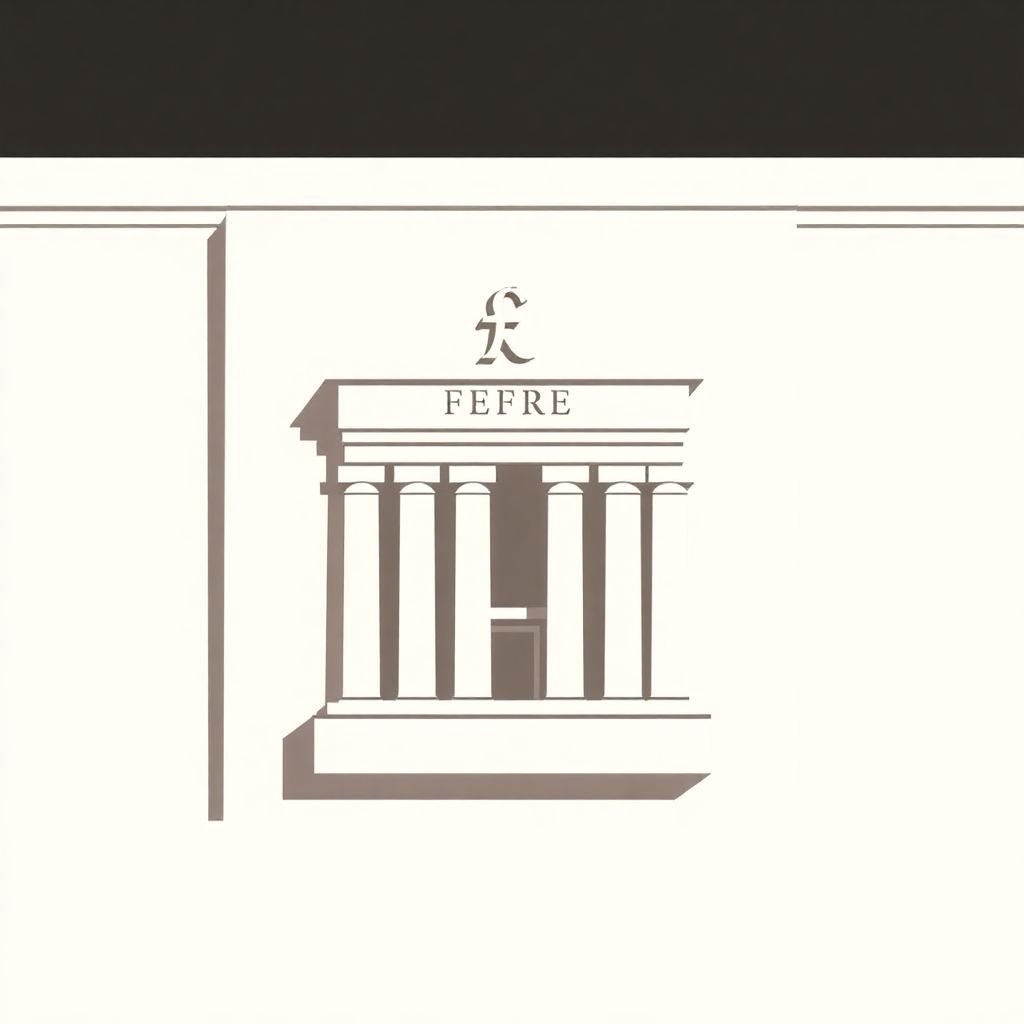The Federal Reserve is currently evaluating a proposal that could significantly change how crypto-focused financial institutions interact with the U.S. central banking system. Specifically, the Fed is considering issuing what it calls “skinny” master accounts—stripped-down versions of the full master accounts typically held by federally chartered banks. These limited-access accounts would provide certain benefits, such as payment clearing and settlement capabilities, while withholding others, like access to the Fed’s full suite of financial services.
Speaking at a financial conference in Washington, D.C., Federal Reserve Governor Christopher Waller revealed that staff at the central bank are assessing the feasibility of offering these streamlined accounts under an accelerated timeline. The goal is to provide eligible crypto institutions with faster, though limited, entry into the Federal Reserve system, a move that could establish a new regulatory precedent.
Currently, master accounts are a crucial component of the U.S. banking infrastructure. They enable direct transactions with the Federal Reserve, such as sending or receiving payments, participating in interbank settlements, and accessing liquidity services. These capabilities are essential for operating as a fully functional national banking institution.
However, crypto-native firms have long been excluded from this framework. Despite repeated applications and lobbying efforts, most digital asset banks have been unable to convince the Fed to grant them full master account privileges. The reasons often cited include concerns over regulatory compliance, financial stability risks, and the evolving nature of the digital asset ecosystem.
The proposed “skinny” version of the master account aims to strike a balance between innovation and prudence. By limiting the scope of services available through these accounts, the Fed hopes to mitigate the risks associated with crypto institutions while still allowing them to participate in the broader financial system. This could provide much-needed legitimacy and operational efficiency to digital asset banks, which currently rely on partnerships with traditional institutions to access Fed services indirectly.
Waller emphasized that the proposal is still in the exploratory stage, and no final decision has been made. Nevertheless, the fact that the Fed is openly discussing such accommodations marks a shift in tone, indicating a potential softening of its historically cautious stance toward crypto banking.
This development comes at a time when regulatory clarity is increasingly important for the crypto sector. A number of digital asset firms are seeking to operate under a clearer set of rules, and gaining access to master accounts—even in a limited form—could help them scale operations within a more secure and compliant framework.
Moreover, the introduction of “skinny” accounts could serve as a testing ground for broader integration of blockchain-based financial services within the traditional banking system. If successful, this model could eventually evolve into a more inclusive structure, offering additional privileges as crypto banks prove their stability and adherence to regulatory standards.
Industry experts suggest that the Fed’s willingness to entertain this model may stem from growing pressure to modernize financial infrastructure, as well as from competitive dynamics with other countries advancing their own central bank digital currency (CBDC) frameworks and crypto regulations.
Some commentators argue that providing even limited access to the Fed could help prevent the fragmentation of the U.S. financial system. Without such integration, there’s a risk that crypto institutions could create parallel systems that operate outside traditional oversight, potentially increasing systemic risk over time.
On the other hand, critics warn that even “skinny” accounts could introduce vulnerabilities if not carefully managed. For example, if a crypto bank were to experience insolvency or a major security breach, even limited Fed access might amplify the impact across the financial sector. Therefore, robust risk management and oversight mechanisms would be essential to accompany such a rollout.
In addition to crypto firms, fintech companies more broadly could benefit from this new account format. Many payment and digital banking startups also lack direct access to the Fed, relying instead on intermediary banks. Streamlined accounts could open a path for these innovators to participate more fully in the financial ecosystem while still maintaining regulatory safeguards.
The Fed has not yet outlined specific eligibility criteria for these skinny accounts. However, institutions would likely need to meet baseline regulatory and operational standards, including compliance with anti-money laundering (AML) and know-your-customer (KYC) protocols. Auditing, cybersecurity measures, and capital requirements could also be part of the vetting process.
Looking ahead, the implementation of skinny master accounts could mark the beginning of a new chapter in how the Federal Reserve interacts with nontraditional financial players. It may also set a precedent for future regulatory innovations that seek to balance the promotion of financial innovation with the protection of systemic integrity.
In the evolving dialogue between regulators and the crypto industry, the Fed’s initiative signals a willingness to engage rather than exclude. Whether this leads to meaningful change or remains a limited experiment will depend on how the pilot programs are structured and monitored in the months ahead.

